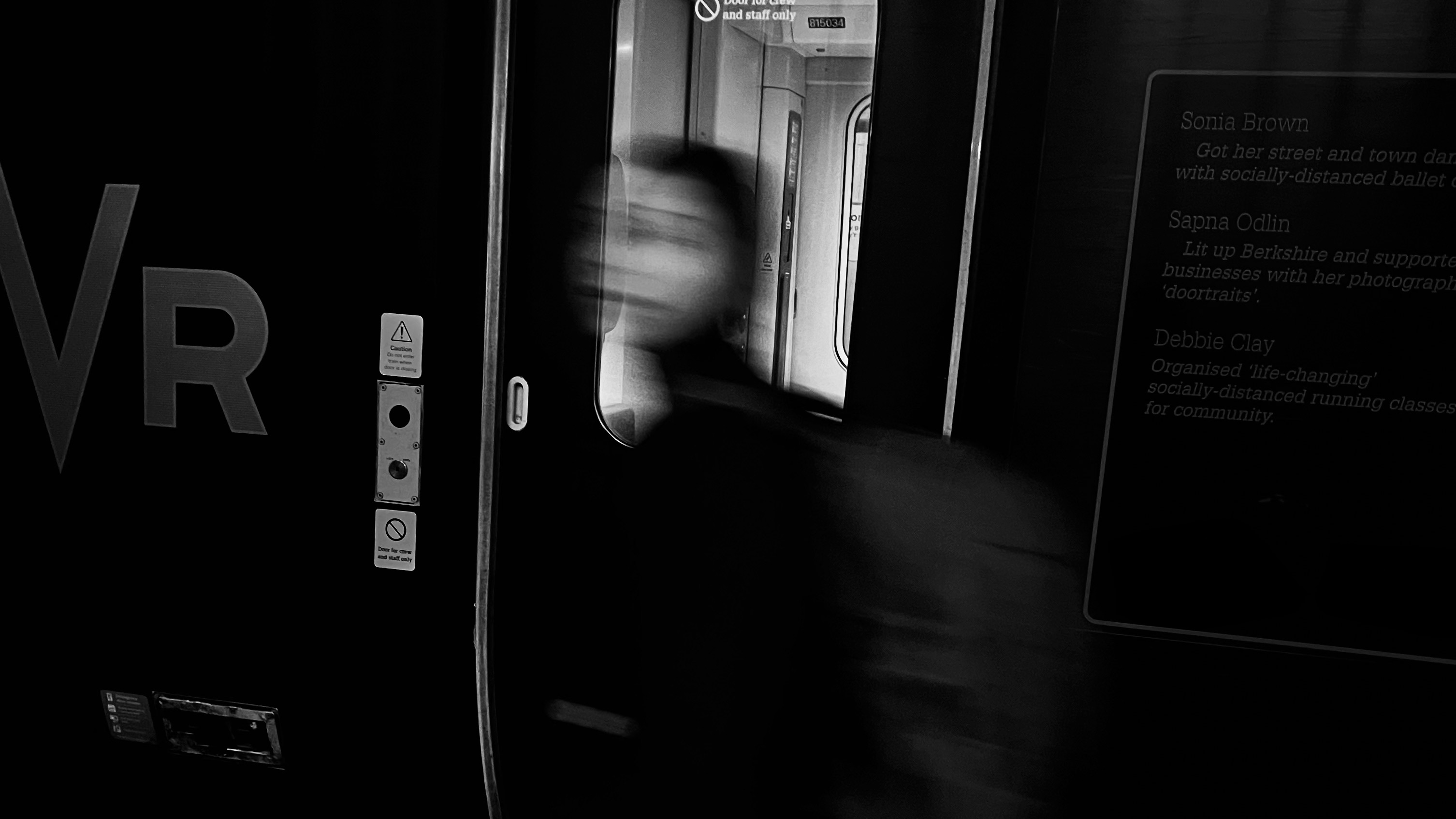Photography cheat sheet: Focal lengths explained
Our cheat sheets let you easily appreciate the relationship between focal length and angle of view
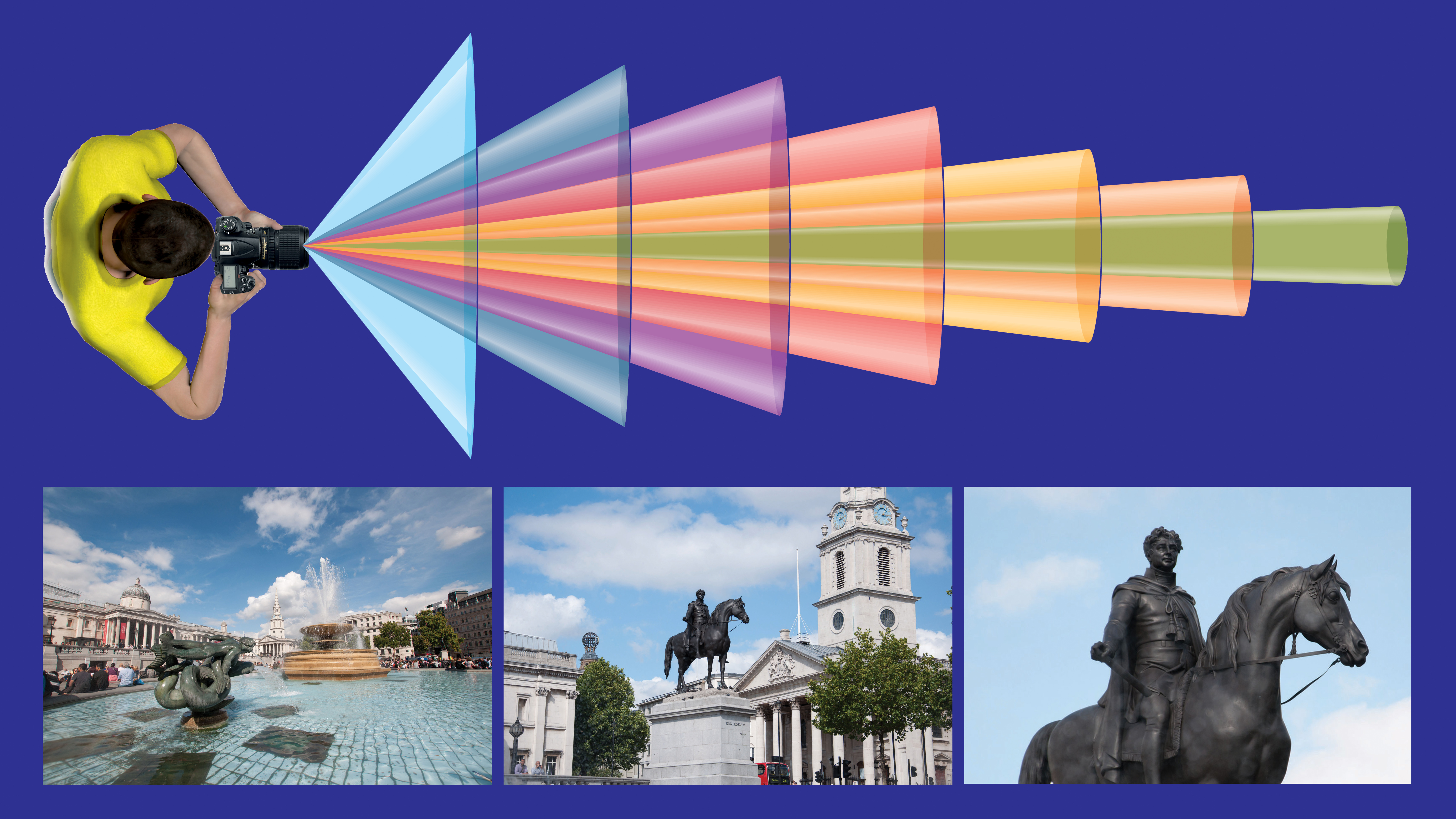
Scroll down for your cheat sheet
Focal length is one of the most fundamental things anyone starting out in photography needs to get their head around.
Many new DSLRs and mirrorless cameras are usually sold with a lens that typically offers a range of focal lengths between 18mm and 55mm - offering a choice of angles of view from moderate wide-angle to short telephoto, with these camera's APS-C-sized sensor.
You can fit more of the scene into the frame with a wider focal length (smaller number), so this is a good choice for something like a landscape.
A longer telephoto focal length, is better when you want to home in on certain details, be they close to you or at a distance. It's also a more flattering choice for portraiture.
All DSLRs and mirrorless cameras are also compatible with a range of other lenses that offer different focal lengths, from extreme wide-angle through to super-telephoto.
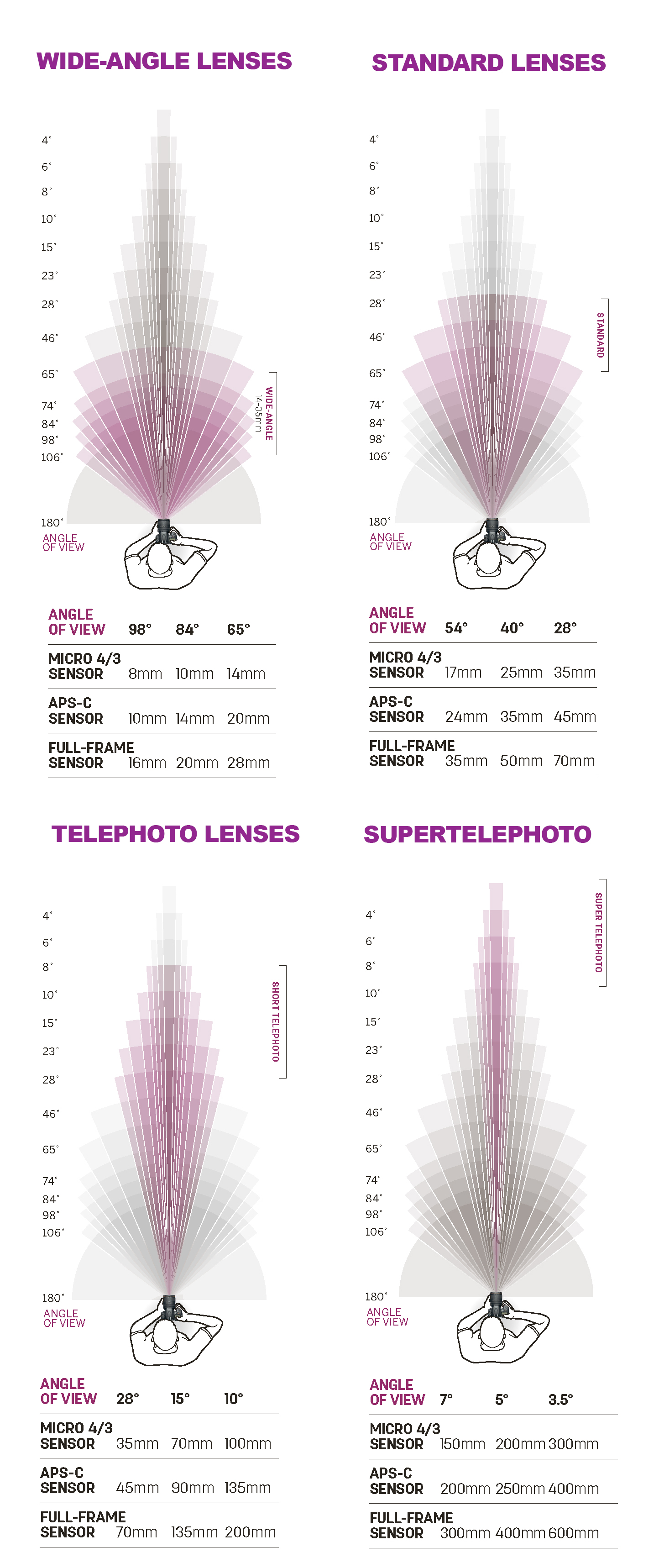
It’s important to note that your camera can have an effect on the angle of view you end up with, which itself will determine the effective focal length (EFL) of the combination.
If your camera has a sensor that’s smaller than a full-frame sensor, this will reduce your angle of view, which in turn will increase your effective focal length. So a 20mm lens on a full frame camera will give the same view as a 15mm lens on an APS-C camera, and the same view as a 10mm lens on an Micro Four Thirds camera.
So, that same 18-55mm lens used on a camera with an APS-C sensor will actually give you an effective focal range closer to 27-82mm.
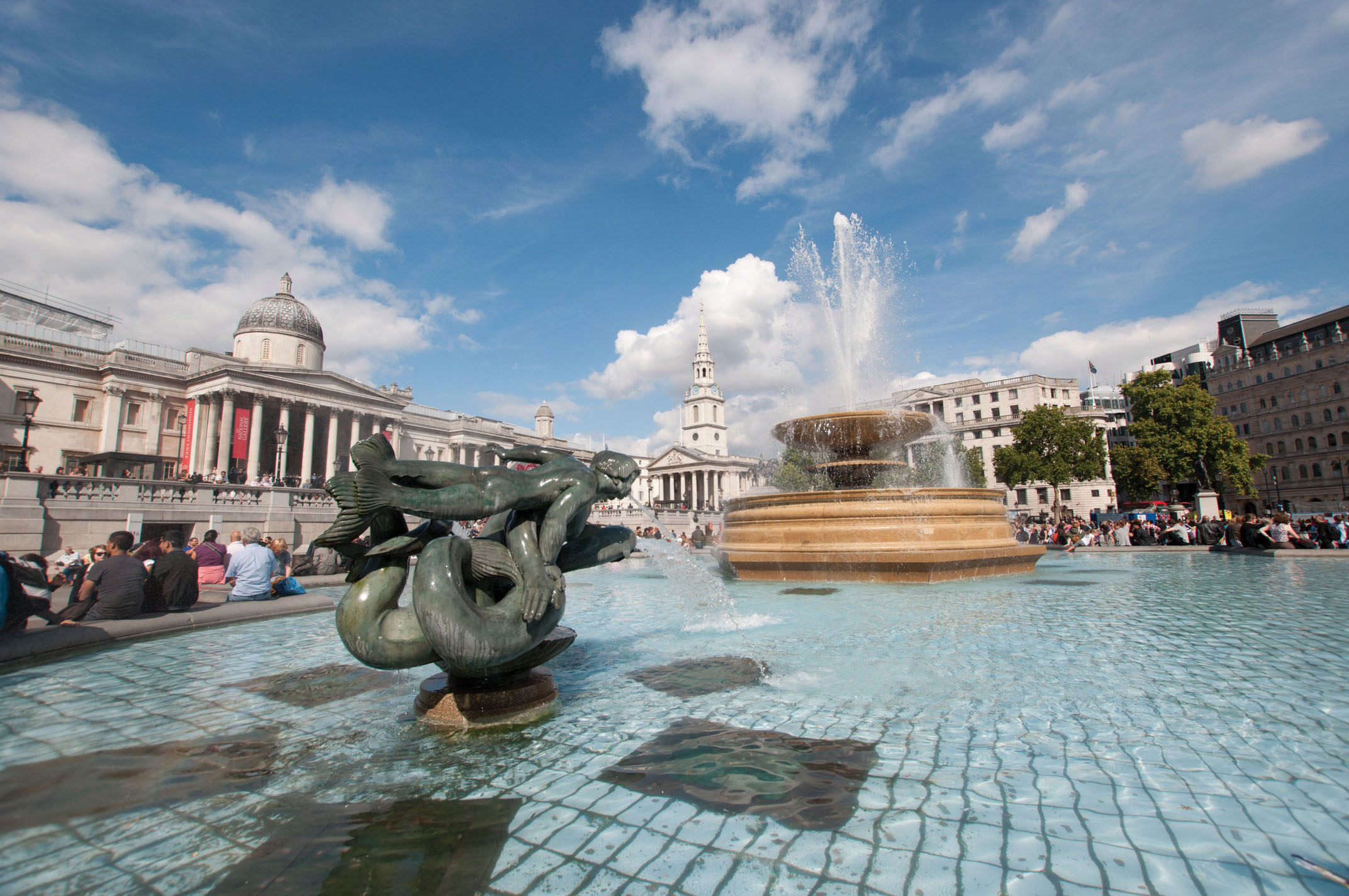
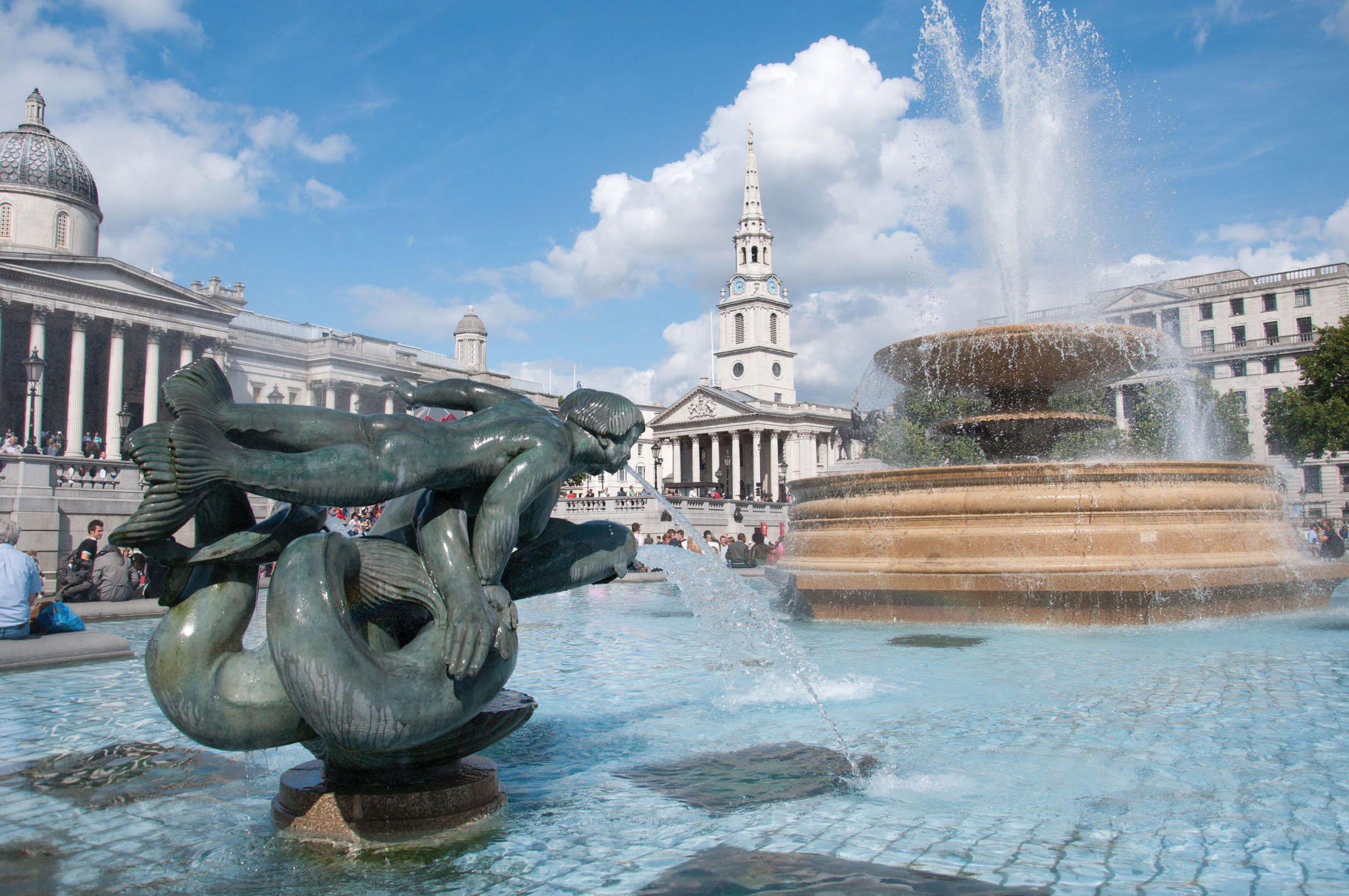
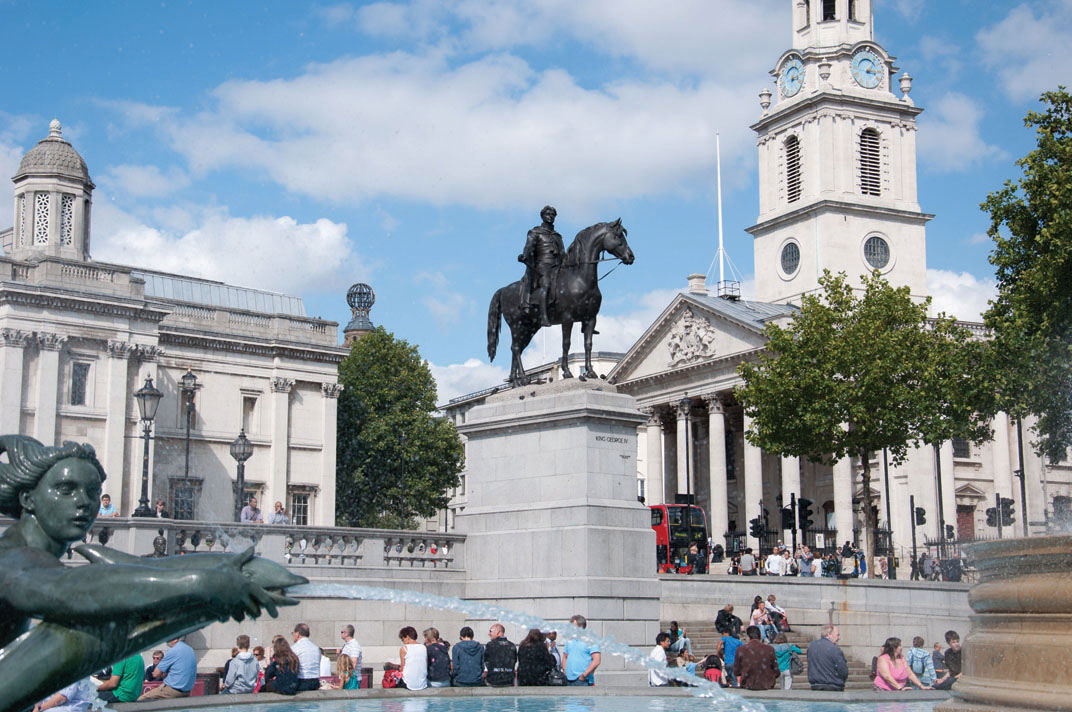
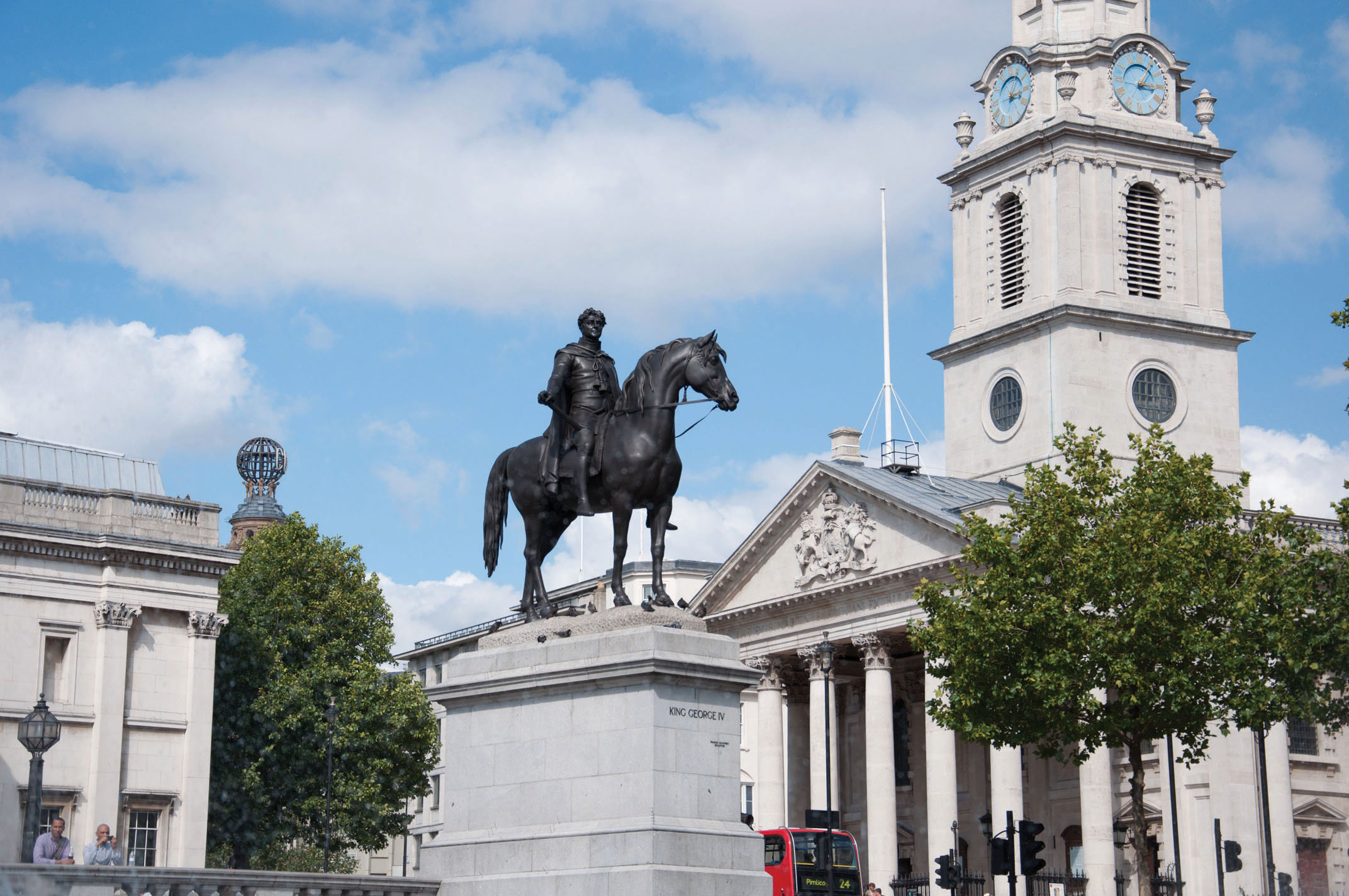
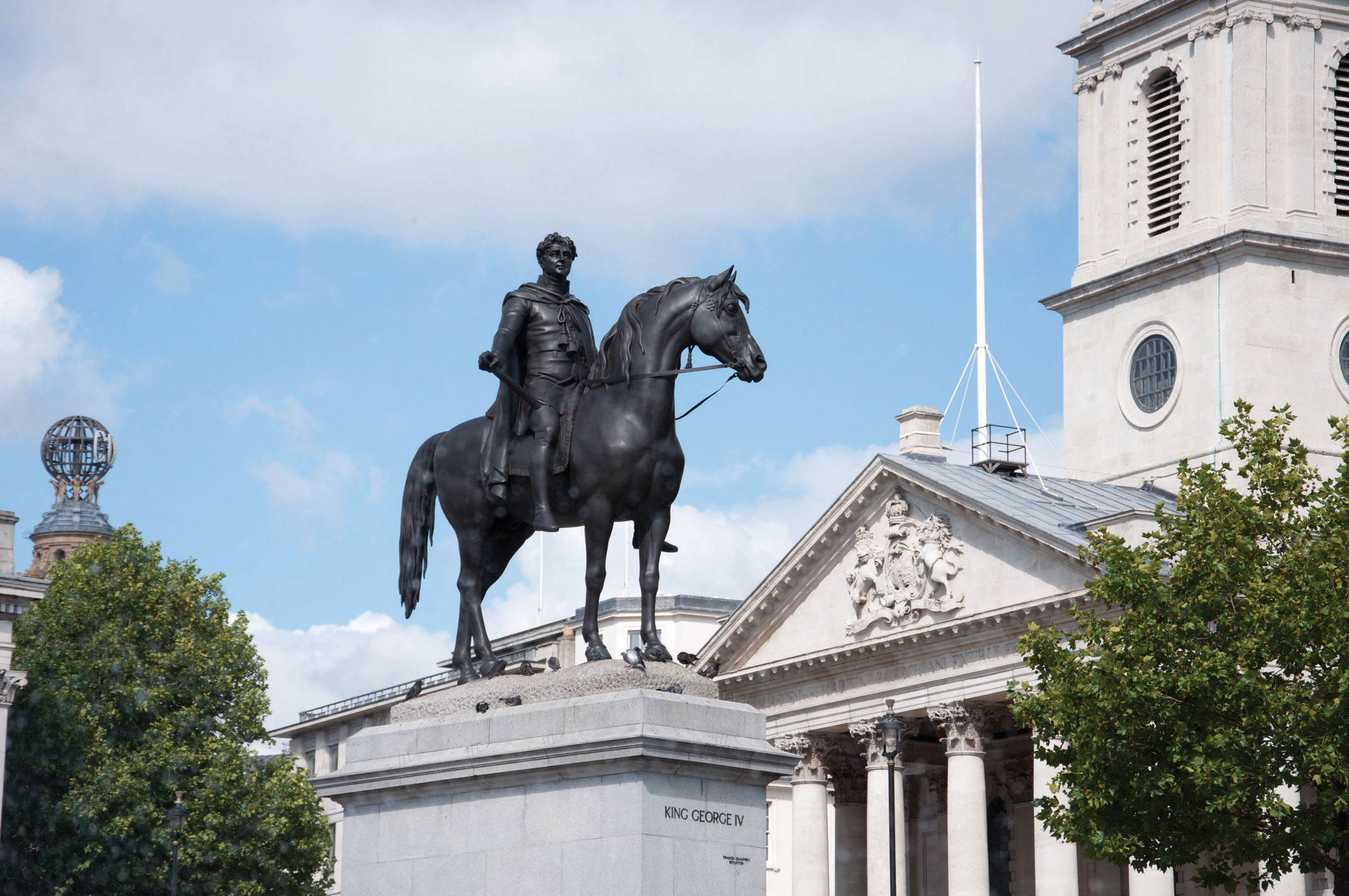
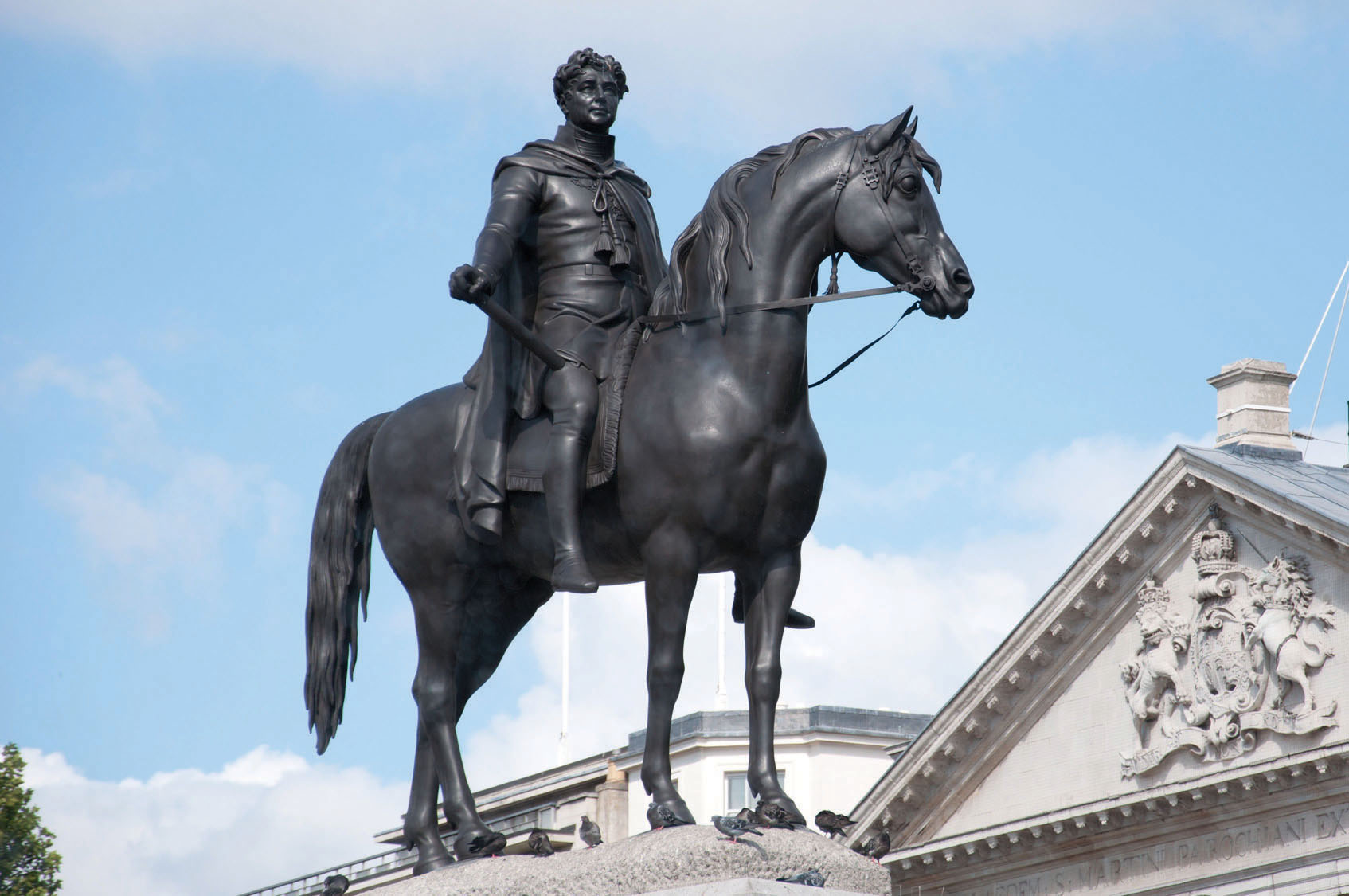
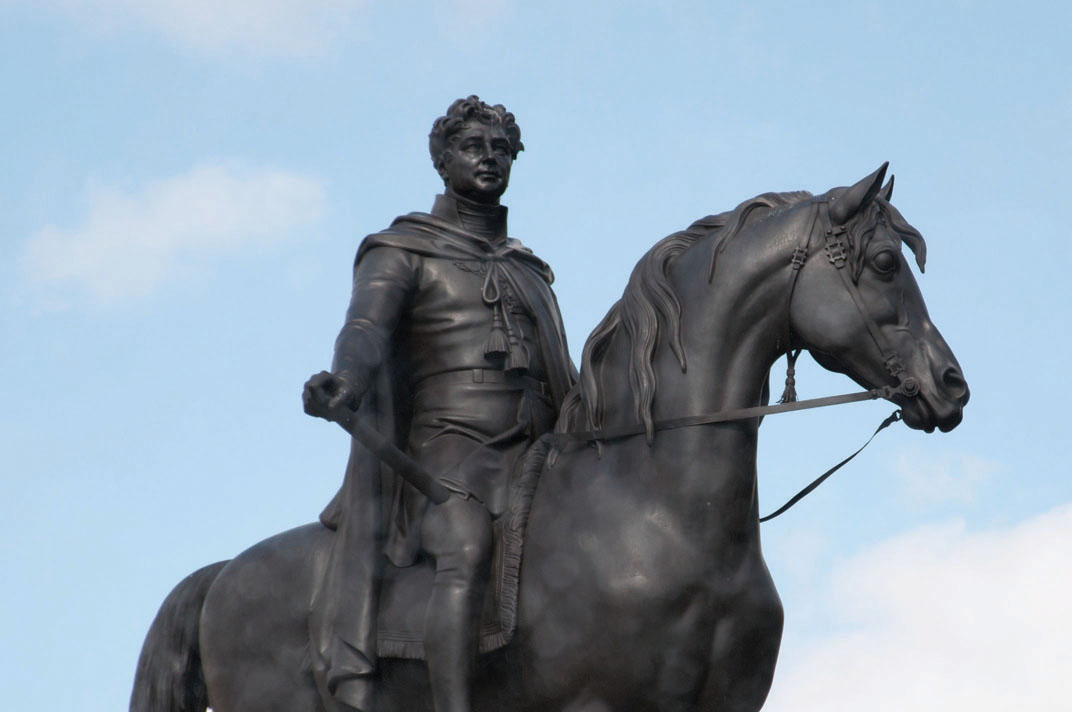
If there is only one figure in the title, say 50mm or 90mm, then the lens simply offers one focal length. If the lens has two, such as the 18-55mm lens mentioned above, then you will be able to use these two focal lengths and everything in between.
So what actually happens when you change focal length? As the diagrams in the cheat sheet above shows, the angle of view changes so that you can accommodate more or less of the scene.
This can be measured across the diagonal, vertical or horizontal of the frame, although you don’t need to worry too much about the figures here; knowing the focal length is enough.
As a general rule, as the angle of view gets wider (and the number becomes larger), your focal length gets shorter and you can fit more into the frame.
Use the handy cheat sheet above to see this all for yourself. And make sure to keep us bookmarked for more great photography cheat sheets.
Read more
The exposure triangle explained
How to understand f-stops
How to understand ISO settings
Photography tips
Get the Digital Camera World Newsletter
The best camera deals, reviews, product advice, and unmissable photography news, direct to your inbox!
Chris George has worked on Digital Camera World since its launch in 2017. He has been writing about photography, mobile phones, video making and technology for over 30 years – and has edited numerous magazines including PhotoPlus, N-Photo, Digital Camera, Video Camera, and Professional Photography.
His first serious camera was the iconic Olympus OM10, with which he won the title of Young Photographer of the Year - long before the advent of autofocus and memory cards. Today he uses a Nikon D800, a Fujifilm X-T1, a Sony A7, and his iPhone 15 Pro Max.
He has written about technology for countless publications and websites including The Sunday Times Magazine, The Daily Telegraph, Dorling Kindersley, What Cellphone, T3 and Techradar.

